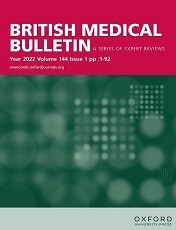The deficiencies and dangers of ‘radical individualism’
Margaret Somerville

O. Carter Snead. What it means to be human: The case for the body in Public Bioethics. Cambridge, Mass: Harvard University Press, 2020, pp 321. ISBN-10: 0674987721.
Extract
Anyone concerned about the current values conflicts in our societies should read this book. Although it focuses on conflicts in public bioethics, the insights of the author, O. Carter Snead, have application to a much broader range of values conflicts in what are sometimes called the “culture wars”.
Snead starts with a history of American Public Bioethics. He then asks, “What does it means to be human” and addresses two competing responses – “expressive individualism” and “embodiment” – and articulates the anthropology (the study of human beings and societies) that informs each of these views. He argues the former is inadequate on at least two fronts. First, it “forgets the body” and sees the person as only a mind, a self-actualizing will. Second, it does not contemplate or accommodate human relationships and the reality that we are social beings.
Snead then takes an innovative approach to legal scholarship. He proceeds to an in-depth analysis of six judgments handed down by the Supreme Court of the United States in relation to abortion. He undertakes this analysis in order to determine the law’s view, as manifested in these cases, of what it means to be human, that is, the anthropology that undergirds and informs the judgments he considers. . . continue reading

